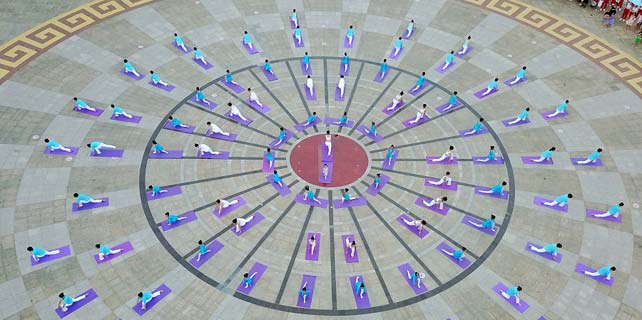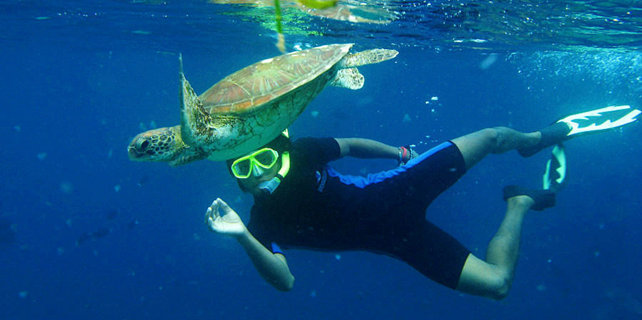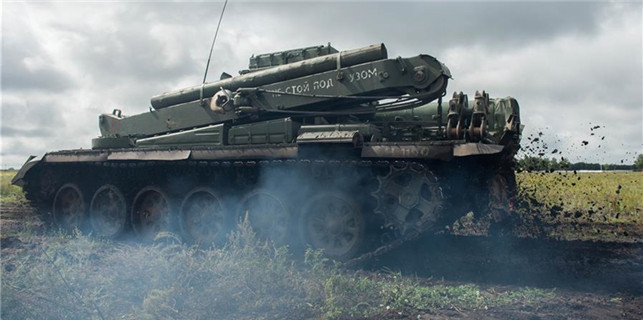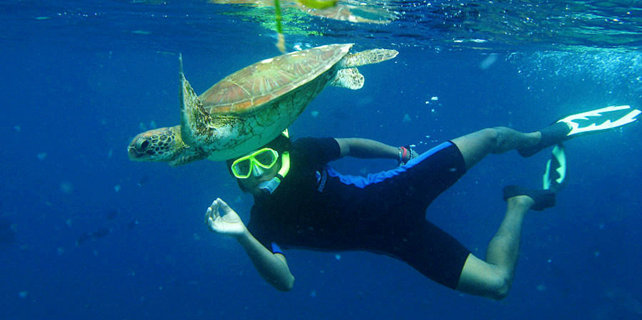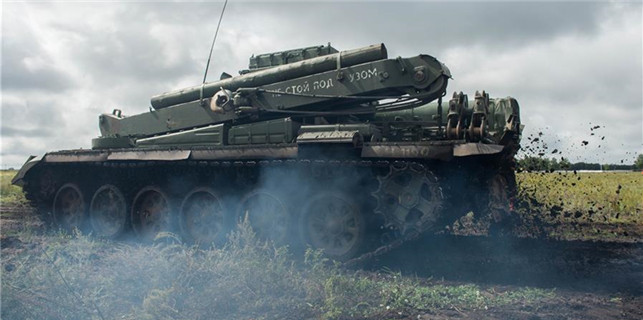Climate catastrophe etched in Peru's past
Clay figures 'demonstrate the impact of a cataclysm'
LIMA - Peru's archaeological ruins of Vichama, built by Peru's Caral culture, contain "the collective memory of climate change that occurred more than 3,800 years ago", said Peruvian archaeologist Aldemar Crispin, who is in charge of field research at the site.
Crispin said ancient clay figures depicting skeletal or dying people likely demonstrate the impact of a cataclysm that hit Peru's coastal communities a few millennia ago.
Echoes of such a large-scale disaster are also evident in Caral murals at the Supe Valley, located some 200 kilometers north of the capital Lima, along the Peruvian coast.
"It represents a previous recollection related to a crisis period toward the end of the Caral civilization caused by the environmental changes," Crispin said, following his presentation at an archaeological conference hosted by the Ministry of Culture.
The main structure at Vichama features scenes which "show cadaverous figures, with their ribs and bones standing out, which could be a reminder of a time of crisis brought on by environmental changes," said Crispin.
It serves as a historical record of a famine that swept through the coast, he said.
The Caral, as it appears, heeded the records left by their forefathers and used that knowledge to their advantage. "Vichama has this reminder and it apparently served them (the inhabitants) because the archaeological ruins are located within a floodplain but atop a hill, far from where it can be swept away by flooding from a river or the sea. That signifies prevention," said Crispin.
Peru's coastal region has been regularly hit by cataclysmic disasters over the past 5,000 years and all the way up to the present, said Crispin, noting this year's coastal El Nino weather phenomenon, which unleashed flash floods in parts of the capital, left 150,000 people homeless.
"Just like now, with the latest coastal El Nino, (natural disasters) also took place in ancient times and they affected agricultural production," he said.
Among the high reliefs adorning some of the buildings at the Vichama are depictions of fish, a dietary staple among Peru's ancient peoples and modern inhabitants.
For the Caral, climatic events devastated not just crops, but also the coastal ecosystem, so that "there was no agricultural production, no food and no anchoveta", the species of anchovy that usually thrives in Peruvian waters.
Today, in Carquin, a town near the archaeological site, locals continue to fish and preserve anchoveta by salting the fish as their Caral ancestors did.
"Using dried anchoveta, they make a dish called Charquican, an ancestral stew made with potatoes," said Crispin.
Xinhua







